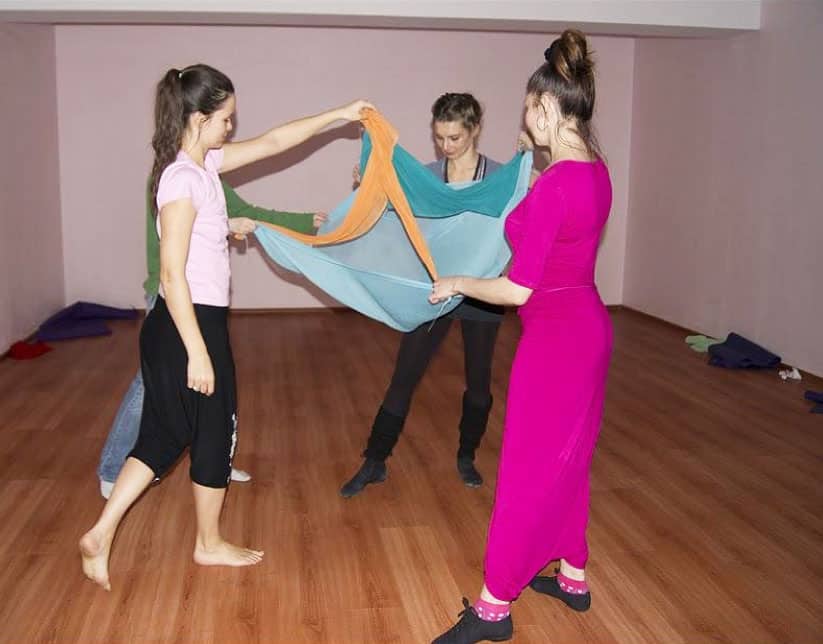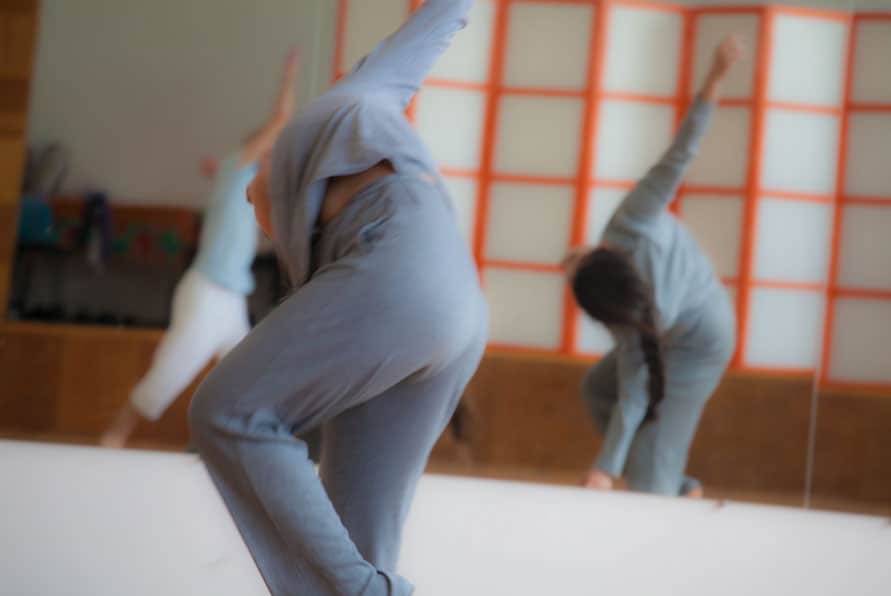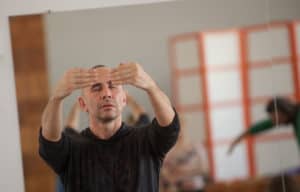
August 2, 2018
Based on the assumption that the body and mind are interrelated, the American Dance Therapy Association defines dance/movement therapy as “the psychotherapeutic use of movement to further the emotional, cognitive, physical, and social integration of the individual.”
Dance/Movement therapy is a type of therapy that engages the body in the therapeutic process. A large emphasis is put on tuning into one’s bodily sensations as there is a plethora information in our bodies. Feelings are felt in the body. Memories are stored in the body. During a DMT session, a client may be encouraged to tune into any areas of discomfort or tightness, and within the safety of a judgement free environment, be able to “listen” to those areas and allow them to surface and potentially be released or outwardly expressed.
 DMT assists the individual in tapping into the body’s internal resources as well. Tuning into areas of strength within our bodies can help us shift our perspectives and discover resources we’ve had within ourselves all along. Breathing exercises and guided meditation may be incorporated into a DMT session to help the individual tune into their internal world.
DMT assists the individual in tapping into the body’s internal resources as well. Tuning into areas of strength within our bodies can help us shift our perspectives and discover resources we’ve had within ourselves all along. Breathing exercises and guided meditation may be incorporated into a DMT session to help the individual tune into their internal world.
DMT is focused on movement behavior as it emerges in the therapeutic relationship. Body movement simultaneously provides the means of assessment and the mode of intervention for dance/movement therapy.
Dance/Movement therapy is effective for individuals at any level with developmental, medical, social, physical and psychological challenges. It is used with people of all ages, races and ethnic backgrounds in individual, couples, family and group therapy formats.
What are the benefits of dance/movement therapy?
Professionals in the fields of dance therapy and psychology have studied the effects of movement as a therapeutic approach for multiple types of human experiences. The therapeutic effects of dance have been exceptionally evident in the following areas:
Additionally, research suggests that dance may be particularly useful for people who experience symptoms of depression and anxiety, given the effects that dancing has on regulating brain chemistry, as well as due to the emotional catharsis that occurs through the experience of movement and music.
Dance therapy is based on the premise that the body and mind are interrelated. Dance therapists believe that mental and emotional problems are often held in the body in the form of muscle tension and constrained movement patterns. Conversely, they believe that the state of the body can affect attitude and feelings, both positively and negatively.
 Dance movements promote healing in a number of ways. Moving as a group brings people out of isolation, creates powerful social and emotional bonds, and generates the good feelings that come from being with others. Moving rhythmically eases muscular rigidity, diminishes anxiety, and increases energy. Moving spontaneously helps people learn to recognize and trust their impulses, and to act on or contain them as they choose. Moving creatively encourages self-expression and opens up new ways of thinking and doing.
Dance movements promote healing in a number of ways. Moving as a group brings people out of isolation, creates powerful social and emotional bonds, and generates the good feelings that come from being with others. Moving rhythmically eases muscular rigidity, diminishes anxiety, and increases energy. Moving spontaneously helps people learn to recognize and trust their impulses, and to act on or contain them as they choose. Moving creatively encourages self-expression and opens up new ways of thinking and doing.
 On a purely physical level, dance therapy provides the benefits of exercise: improved health, well-being, coordination, and muscle tone. On an emotional level, it helps people feel more joyful and confident, and allows them to explore such issues as anger, frustration, and loss that may be too difficult to explore verbally. On a mental level, dance therapy seeks to enhance cognitive skills, motivation, and memory.
On a purely physical level, dance therapy provides the benefits of exercise: improved health, well-being, coordination, and muscle tone. On an emotional level, it helps people feel more joyful and confident, and allows them to explore such issues as anger, frustration, and loss that may be too difficult to explore verbally. On a mental level, dance therapy seeks to enhance cognitive skills, motivation, and memory.
Dance therapists can also address specific problems in specific ways. For example, to help a patient reduce stress, a dance therapist would first identify how the person’s body reacts to stress, then explore specific movement techniques to increase circulation, deepen breathing, and reduce muscle tension.
Not necessarily! Dance/movement therapy sessions are different for each individual. Through DMT, one can get more in touch with their internal world and also use movement to express that internal world.
Dance/movement therapists work in a variety of settings including nursing homes, schools, psychiatric, rehabilitation and medical facilities, drug treatment centers, counseling and crisis centers, private practice, and wellness and alternative health care centers.
There are two routes one can pursue to become a dance/movement therapist. View the R-DMT Applicant Handbook for an in-depth guide of requirements.
#1: ADTA Approved Graduate Program
Graduates of approved programs meet all professional requirements for the Registered Dance/Movement Therapist (R-DMT) credential. Please contact the school directly for application process, requirements, etc.
#2: Alternate Route
The Alternate Route is defined as a Master’s degree with dance/movement therapy training from qualified teachers. Other requirements include general training coursework, fieldwork, internship and dance experience.
For more information, visit American Dance Therapy Association
Danielle M. Benoit, LPC-I
Danielle is a dance movement therapist currently being supervised by Angelina H. Rodriguez, LPCS-AT, ATR-BC. Read more about Danielle M. Benoit, LPC-I
©2025 Angelina H. Rodriguez, Ph.D., LPC-AT/S, ATR-BC
4747 Bellaire Blvd., Ste. 545, Bellaire, Texas 77401 | Call 832-986-8477
Office Hours: MON - FRI 9:00 am to 6:00 pm
Privacy Policy | Site Map
Leave a Reply